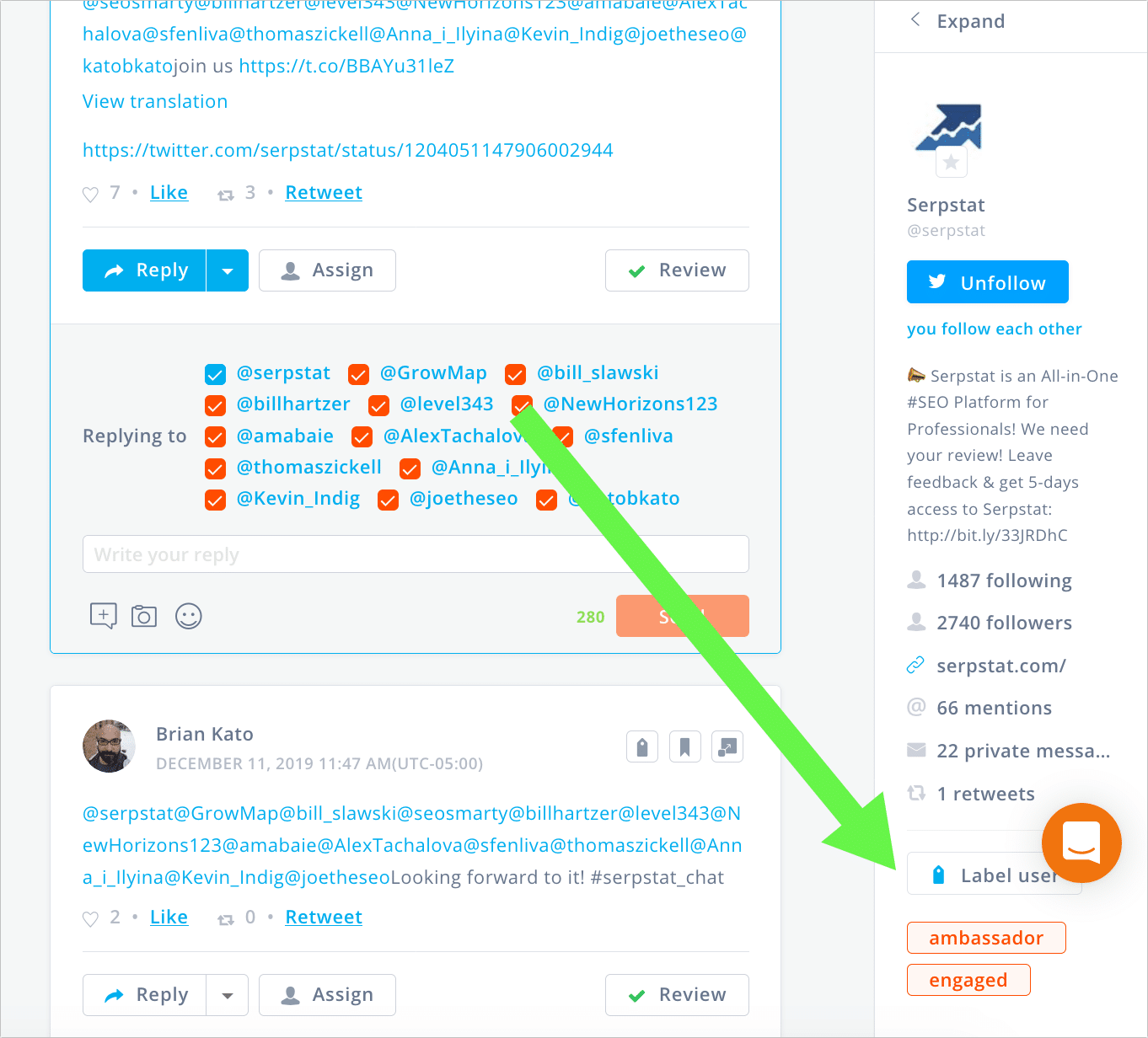I’ve been working with a company that recently launched a new B2C social media consulting service. Before the launch, we had a lot of conversations about the potential of social media to help nurture relationships with prospects.
This led me to reflect on the impact of social media on lead scoring, which is a mathematical system for ranking leads. Social media opens up new ways for companies to engage with consumers and build lasting relationships. Thoughtful social media strategies can be invaluable for turning prospects into loyal customers.
Most marketers are using social media at some level now, but combining social media with lead scoring is relatively new. How does that work? I figured I’d take a deeper look. Here are a few of my thoughts. While social media marketing has become ubiquitous, integrating social data into lead scoring systems is an emerging practice.
Many marketers are still figuring out how to best incorporate social metrics into their lead qualification processes. Those who can leverage social scoring early on may gain a competitive advantage.
Quick Review — What’s a Lead Score?
Your qualified leads have varying degrees of value. Some result in sales, and others do not. That’s why marketing automation (MA) platforms allow you to score leads, which simply means a method of ranking leads according to their sales-readiness and/or potential value.
Lead scoring provides a way to distinguish and prioritize leads based on concrete criteria indicative of sales potential. However, not all scoring models are created equal. The best lead scoring systems use customized algorithms tailored to each company’s unique products, customers, and goals. To achieve this, brands can partner with trusted product development companies to ensure their lead scoring models are highly effective and accurately reflect their specific needs.
Lead scores are based on pre-programmed criteria that are unique to each company. These criteria add up to a total score that fluctuates dynamically as a contact’s behavior evolves. A high score identifies a prospect who’s ready to be contacted by Sales.
To be effective, lead scoring criteria must be carefully chosen based on data and insights about ideal customer profiles and behaviors. Marketers should continuously review and refine their scoring models to improve accuracy over time. The most agile teams will experiment with criteria to find the right formulas. The most agile teams will experiment with criteria to find the right formulas. Additionally, leveraging the best web scraping API can provide valuable competitive intelligence and market insights efficiently.
One of the primary benefits of a lead score is that it allows both Sales and Marketing to focus their efforts on the potential “winners” who are most likely to generate revenue. When properly implemented, lead scoring aligns sales and marketing around business objectives. By coaching sales on targeting high-scoring leads, marketers can make the handoff seamless and optimize sales productivity. This level of synergy is a must for any high-growth company. You can then use the power of retargeting to close those deals.
The Traditional Criteria for Lead Scoring
- Explicit — based on observable information, often shared by the customer directly. Includes: demographic facts like company name and size, job title, and industry, along with BANT (budget, authority, need, and timeline). Traditional lead scoring relies on explicit data volunteered by leads like firmographics and BANT qualifications. While still useful, this self-reported data only reveals part of the story.
- Implicit: based on information inferred from your prospect’s behavior or from data available to you, or from third-party sources. Includes: trackable digital behavior like opening emails, downloading information, and visiting web pages. Implicit scoring looks at behavioral signals like web traffic and engagement. This provides a more holistic view of intent. Combined together, explicit and implicit data create a powerful scoring equation. With so many data points, it is a good idea to create a single admin dashboard to track everything.
How Social Media Activities Can Be Used for Lead Scoring
- Explicit – Social criteria include Twitter handles, the quantity of social media connections, social sites a prospect has joined, plus “likes,” “shares,” tweets, subscriptions, and other activities voluntarily made public. Social media yields new sources of explicit data like social connections and engagement metrics that can indicate influence and interest. wise marketers will test these variables for correlation with conversions.
- Implicit – Many ecommerce builders and marketing platforms now integrate social media with emails and landing pages. This allows marketers to track digital body language such as social sharing of emails and referrals from social sites. Other options include visits to blogs and subscriptions to email newsletters. Sophisticated marketing automation tools can now capture implicit social signals like sharing behaviors across channels. These platform integrations unlock a world of cross-channel scoring possibilities. You can then use these insights in high-end technology like VoIP and more.
Go for the Gold — Why Social Scoring Improves Your Revenue and Budget
Marketers have known for a long time that email click-throughs, asset downloads, and website visits don’t tell the whole story of a prospect’s journey from awareness to purchase. Adding social media activities to your lead-scoring criteria could help you in the following ways:
- Identify more “hot leads.” Some prospects may be showing you their level of sales readiness through social behavior you weren’t tracking before. (Ex: reading your blog every week.) Now your scoring will find them, and route them to Sales. Now that’s a gold medal! Social scoring brings once-hidden prospects into view. By monitoring social signals correlated with close rates, you can capture more qualified leads and drive greater revenue.
- Boost your content marketing budget. Social engagement requires people who can produce interesting content and monitor social sites. If you can prove that some of your “hot leads” are nurtured by social media, your budget to hire those people may increase. Crediting social media with generating qualified leads can justify increased investment in content creation and community management. More budget means better content and better leads.

Agorapulse helps you engage with your leads
What’s Working for You?
Social scoring is a new area where we’re all learning. How are you adding social media criteria to your lead scoring, and what insights are you gaining? This is uncharted territory and shared knowledge will be invaluable. Comparing notes across teams and industries can accelerate innovation in social lead scoring. A collaborative and transparent culture will allow everyone to learn from both successes and failures.




